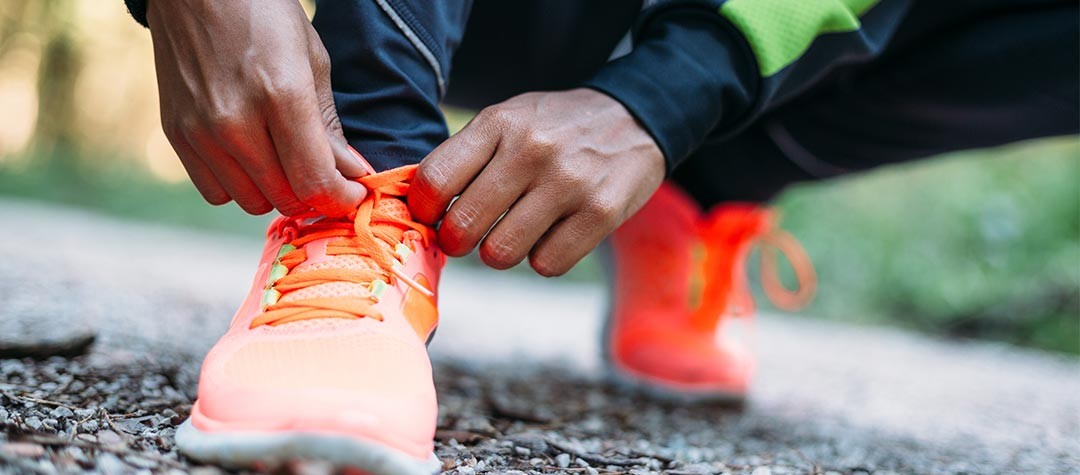The fit of your training shoes can be altered significantly just by changing the shoe lace pattern you use. Try these lacing techniques to get the best fit from your running or fitness footwear.
How many of you have bought training shoes and used the default lacing pattern that came with the shoe when you first purchased them? It's highly like that this applies to the majority of people out there, and by doing so they are missing out on the opportunity to proper tailor the fit of their shoes to their needs.
Whilst we do our best to find the perfect fitting running and sports shoes, the fit is also significantly affected by the lacing pattern you use. There are a number of lacing techniques which can help suit your foot or specific problems you might be experiencing. Whether you have narrow feet, a wide forefoot, high arches or your shoes are too tight, slipping at the heel, or causing issues in the toebox, these lacing techniques can provide a solution.
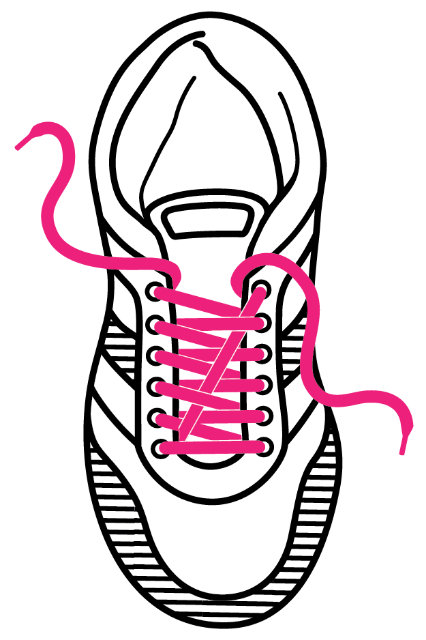
Toe Problems?
Create more space in your toebox so that you avoid unsightly and painful black toenails and other toe issues.
Heel Slipping?
Create a compact fit to keep your heel in place, reduce friction, and minimise wear in the back of the shoe.
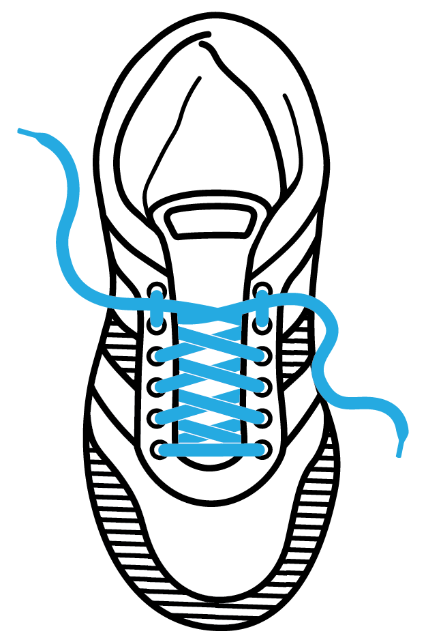
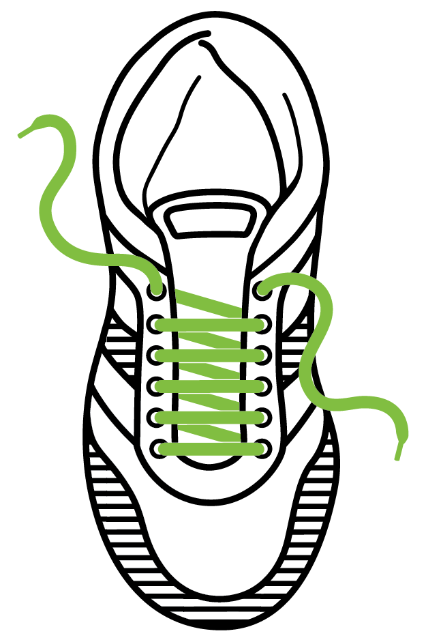
Tight Shoes?
Use parallel lacing to loosen up the pressure and allow the top of the foot to have more room, yet still enough support.
High Arches?
Minimise pressure on the top of your foot by feeding laces vertically through selected eyelets. Experiment to find which works best for you.
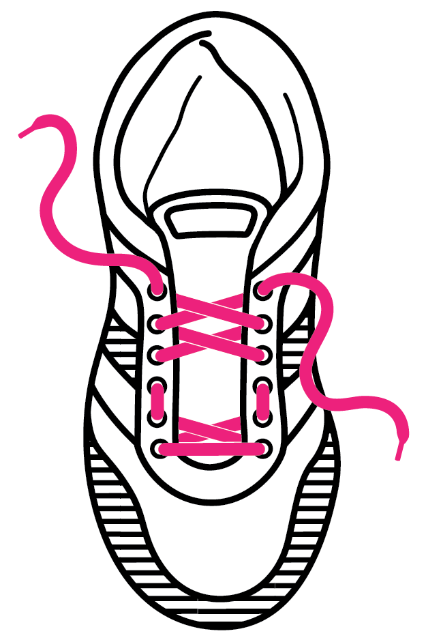

Wide Forefoot?
Open up the shoe by using vertical lacing further down to give your forefoot plenty of room while you run.
Narrow Feet?
Lace in a criss-cross manner to tighten the shoe for those with narrow feet in a more effective way than other lacing techniques.


